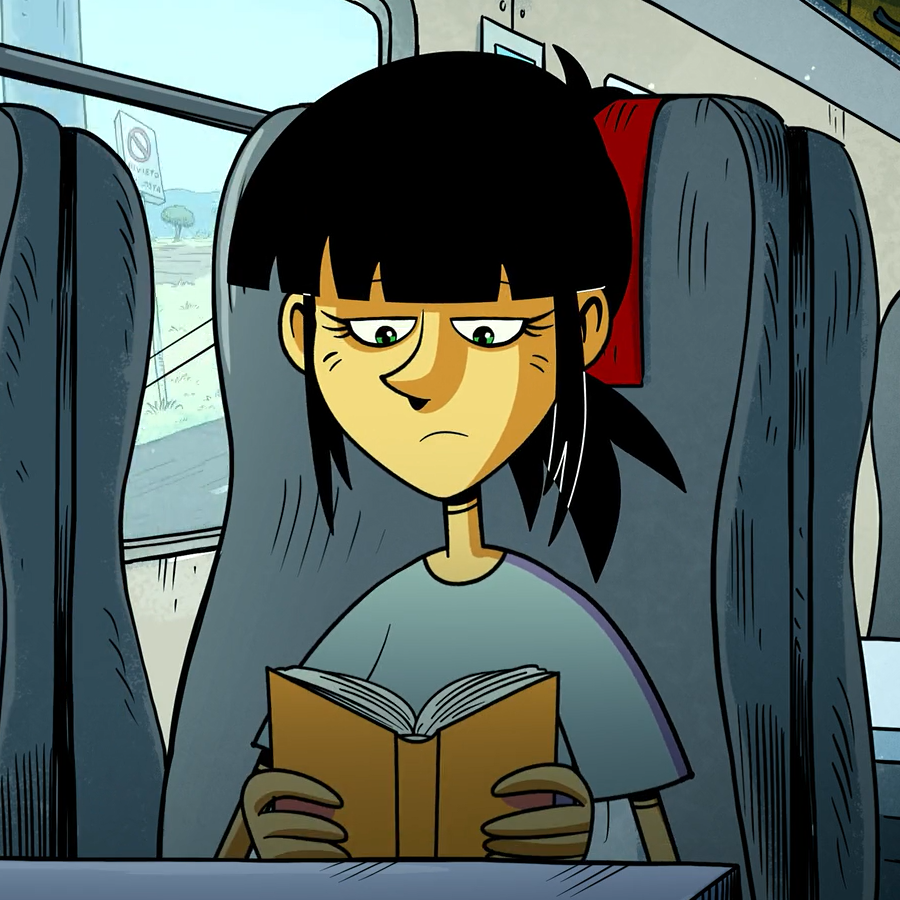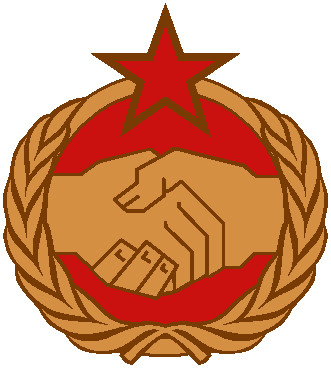(Mirror.)
In the 1950s, the large gaps in the production chain caused by the war and reparations continued to loom over the DDR’s economy. The economic isolation of the DDR led to pragmatic choices: if there was no iron coming from the West, then it had to be mined locally, no matter how poor the quality or how expensive it was to produce. If no coal or oil was available, then they used the only thing left: brown coal.
Brown coal, or lignite, was the only raw fuel that was available in the East in significant quantities. Though using it was not environmentally friendly, there was no alternative due to external circumstances.
The creation of the DDR’s own iron, steel, and machine industries as a basis for its industrial development was the main focus of development in the DDR’s early years. The first Five-Year Plan therefore envisaged doubling industrial production between 1951 and 1955.
The enormous factories that were built all over the republic as a result brought young people into previously sparsely settled regions. New villages and towns were built and became home to thousands of people. In forty years, the DDR fundamentally changed the face of the formerly underdeveloped agricultural region of East Germany.
With the gradual stabilisation of the East German economy and the growth of production, the country was able to attract an ever-increasing volume of investment. In the years between 1950 and 1960 alone, this volume increased more than three-fold.
For some ongoing research on the German Democratic Republic, see here.


